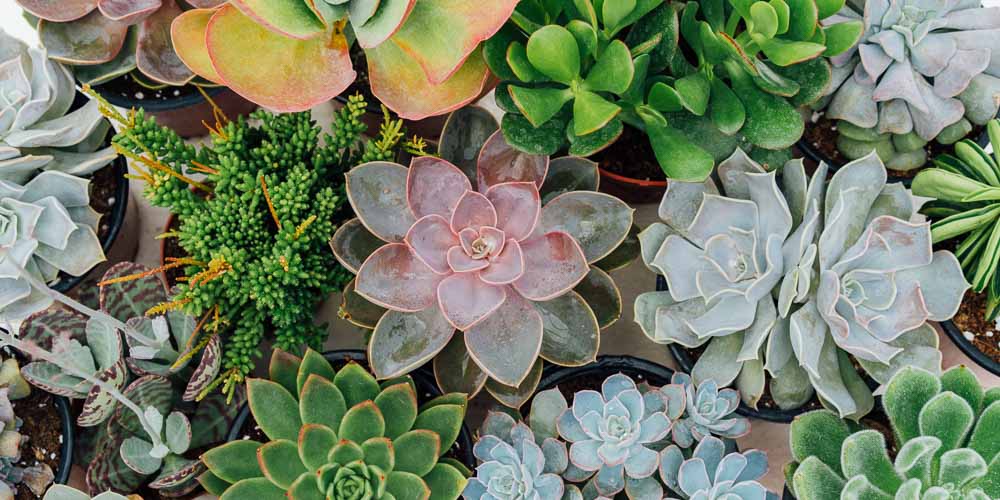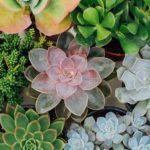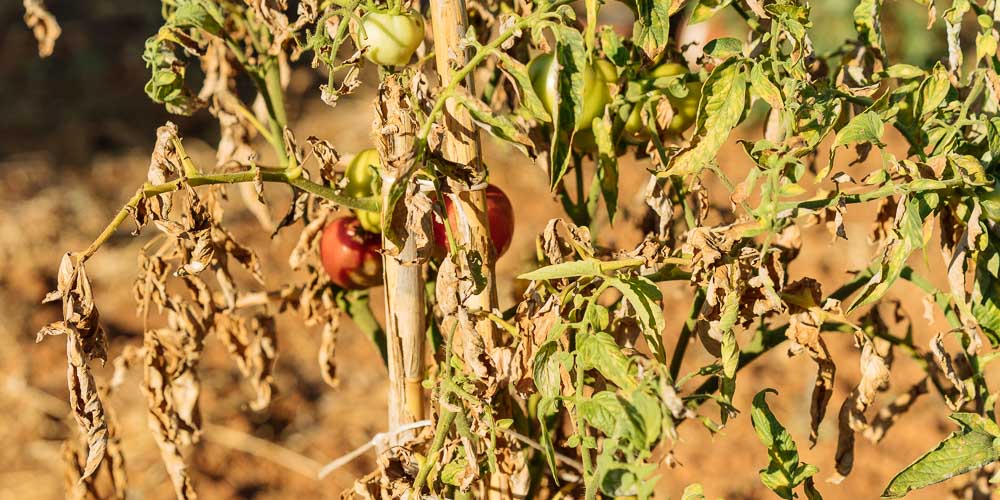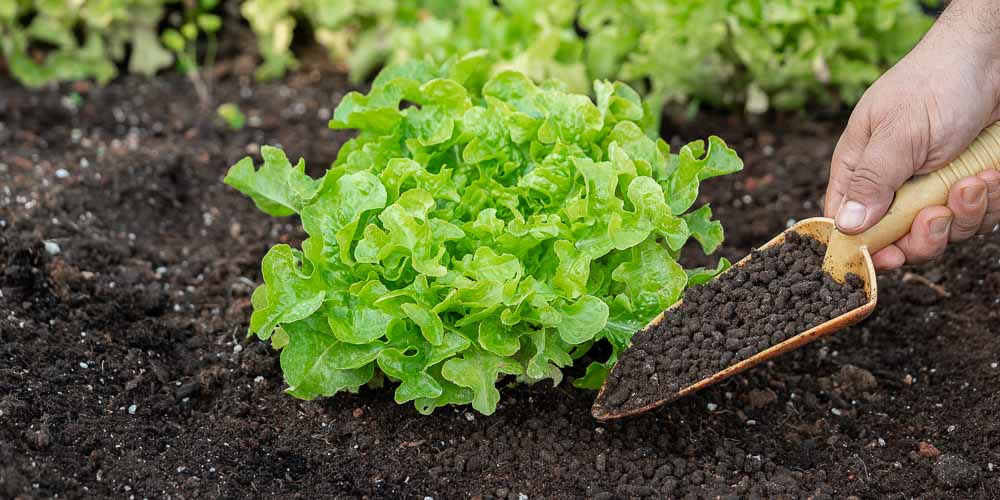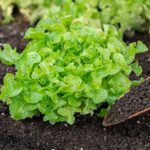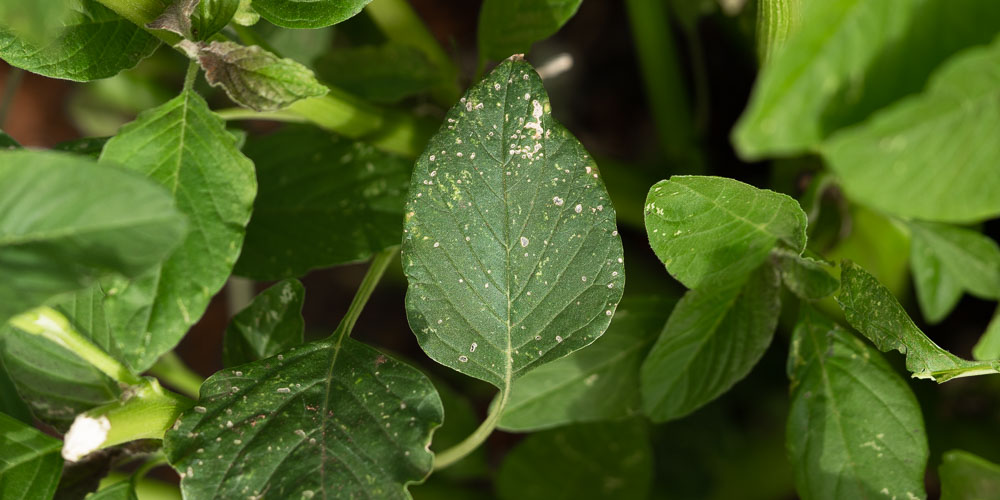
Natural protection of plants from diseases:
Vinegar
Use vinegar to treat many plant diseases, including rust, blackheads and downy mildew.
Mix 1 tablespoon of natural vinegar in 1 liter of water. Spray the solution on the diseased areas of the plants early in the morning or evening, when the temperatures are low and there is no direct light. Repeat until the disease is cured.
Baking soda (sodium bicarbonate) - Fungicide
Use this medicine to treat plant fungus.
Mix 1 tablespoon and 1 tablespoon of vegetable oil in a 4 liter water. Add a few drops of liquid or insecticidal soap to the mixture to help it spread more evenly on the leaves. Spray the infected plants, including the lower leaves. Potassium bicarbonate also treats fungi and does not add (sodium) salts to the soil.
Milk
Milk is a very good weapon against fungi and plant viruses. To prevent fungi, we sprinkle 2 tablespoons of powdered milk on the soil around our plants early in the period before the diseases appear. If you see fungus on the leaves of tomato, rose, or other plants, spray with diluted milk mixture (1 part milk to 1 part water) directly on the infected leaves. You can even use sour milk.
Symptoms of plant-tree diseases
Spots on leaves or stems
These spots can be regular or irregular in shape, of various sizes and colors, flat, convex or concave, creating holes in the leaves that fall or remain dry. These spots can be scattered in different places and come from fungi or bacteria. If the spots start from the edges or the perimeter of the leaves, then they may come from the dry atmosphere or from the presence in the soil of a soluble element (cooking salt), or from a burn from medicine (oil, sulfur, bordigall pulp). If it starts from the base to the top, while the central shoot from which the affected shoot grows is healthy, then the cause can be attributed to a fungus (gray rot of the nuts) or a bacterium. If the drying starts from the top and progresses to the base of the shoot, then the cause is suspected fungi (parasitic citrus drought), bacteria, low temperature (immature autumn vegetation), lack of moisture or damage to the roots or roots.
Stroke or wilting of shoots or plants
Abrupt drying of shoots and plants is due to the fungus (Pythiacystis citrophthora) of citrus, Fusarium of many trees) or bacterium (Bacteria tumefaciens), or mechanical damage (wood-eating insects of underground trunk), these causes interfere with foliage, or basement and aboveground part of a plant. Since the rise of juices (water and raw food dissolved in it) takes place from the outer thin layer of wood, and the descent of processed foods through the outer bark, it is possible the infection that you create partially or universally in fungal or bacterial bark to grow these microorganisms on the plant without obvious symptoms of disease.
On the contrary, it is possible for the partial cessation and the long descent of the processed food to the roots or the lower organs of the foliage, to allow for greater fruiting at the moment (citrus fruit, trunk and root swelling, pistachio resin). After a while, however, due to the extending abrupt action of the pathogen to the vessels of the rise of humidity and solutions of raw foods, there is a sudden interruption of the supply of the crown (foliage, etc.) of the plant.
The result of this abrupt cessation of moisture rise is the sudden wilting or death of the plant, characterized as a stroke. In fact, the death is so abrupt that the plant does not have time to adapt or orient itself to the new situation by eliminating an adequate amount of fruit and foliage, as would happen if the supply was partially interrupted by partial destruction of the growing vessels or reduced irrigation. For this reason we observe at the end of spring or the beginning of summer to dry with all their foliage and the semi-developed load of their fruits.
Yellow foliage
If the yellowing is irregular and visible from the upper surface, then the cause is animal parasites (mites, aphids, etc.) installed on the lower surface or infiltrating virus that causes mosaic (fig). If the jaundice is rather uniform, except for some ribs or other signs of remaining greenish, then you would be suggesting a lack of a nutrient in the soil or an excess of it, so the condition is called normal. But if the yellowing of the leaves is uniform, then the element that will be missing is nitrogen, if the cause of the disease is the lack of this element. However, it may also be due to a general disturbance, a consequence of destruction or insufficient development of the food absorbers of the roots due to the presence of excessive moisture, which expelled the air that is so necessary for life and took its place.
Fall leaves and fruits
The fall of leaves and fruits may be due to infestation of animal pests, insects, mites or fungi, lack of soil moisture, excess soil moisture (flood), at low temperatures.
It is possible for the leaves to fall from the caustic effect on them from a used medicine (oil, calcium sulfate).
